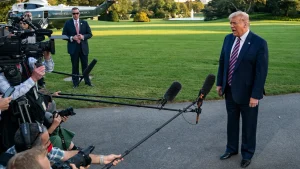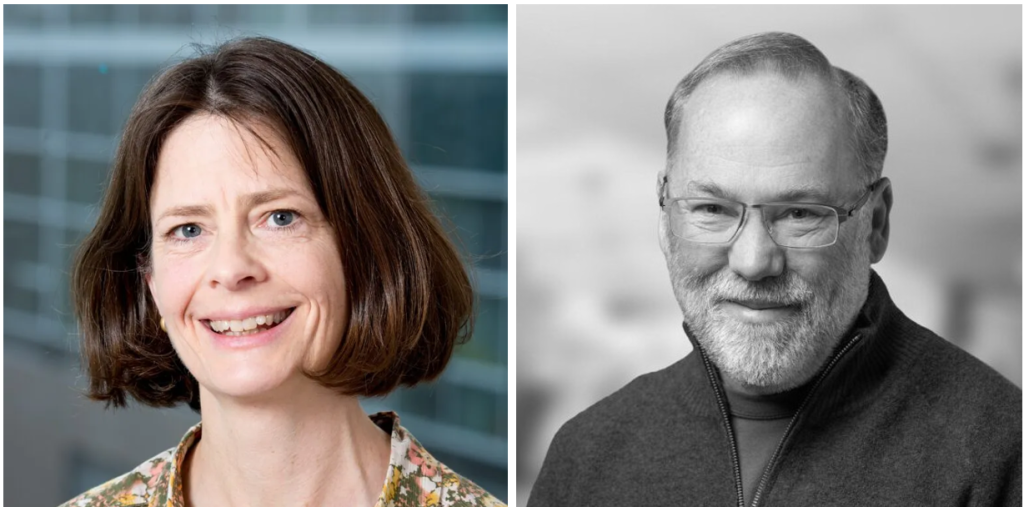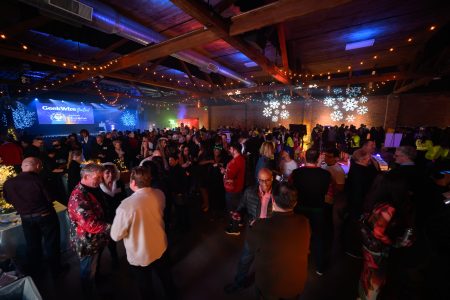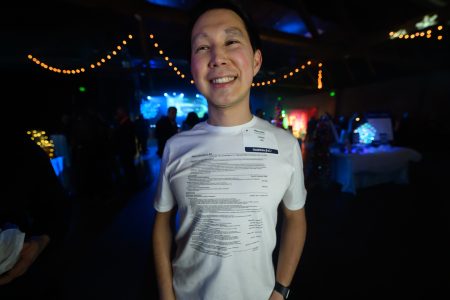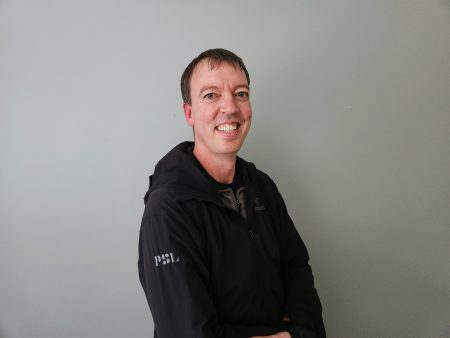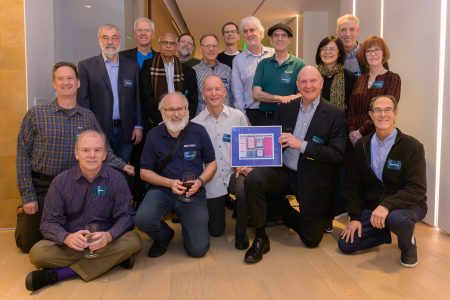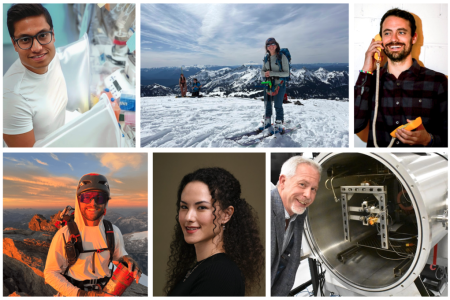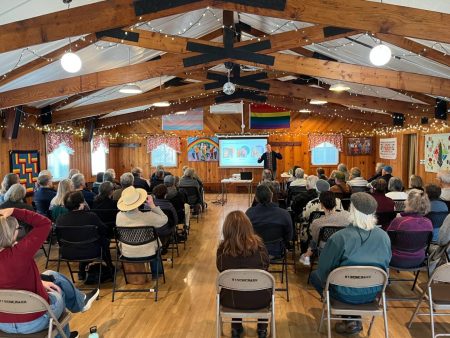Nobel Prize Winners Recognized for Groundbreaking Immune Research
In a remarkable scientific achievement, Mary Brunkow of the Institute for Systems Biology (ISB) in Seattle and Fred Ramsdell of Sonoma Biotherapeutics have been awarded the 2025 Nobel Prize in Physiology or Medicine, sharing the honor with Shimon Sakaguchi of Osaka University in Japan. Their pioneering work identified and characterized regulatory T cells—often described as the “immune system’s security guards”—which play a crucial role in preventing the body from attacking itself. As Olle Kämpe, chair of the Nobel Committee, explained, “Their discoveries have been decisive for our understanding of how the immune system functions and why we do not all develop serious autoimmune diseases.” This groundbreaking research has transformed our understanding of the immune system and opened new pathways for treating both cancer and autoimmune disorders.
The journey to this Nobel Prize began in 1995 when Sakaguchi first discovered immune cells that protect against autoimmune diseases, though his findings initially faced skepticism from the scientific community. The breakthrough gained momentum in 2001 when Brunkow and Ramsdell, then colleagues at biotech company Celltech in Bothell, Washington, identified a gene they named FOXP3. They demonstrated that damage to this gene caused severe autoimmune illness in mice and that mutations in the human version led to IPEX, a rare and life-threatening autoimmune disease. Their combined work conclusively established the importance of regulatory T cells (Treg cells) and launched a new field in peripheral tolerance research—the study of how the body distinguishes between harmful invaders and its own cells. This research area has since become crucial for developing therapies that address immune system dysregulation.
The personal stories behind the Nobel announcement reveal the humility that often accompanies scientific excellence. When the Nobel Committee attempted to reach Brunkow with the news, she initially ignored the call, assuming it was spam. “My phone rang and I saw a number from Sweden and thought: ‘That’s just, that’s spam of some sort,'” she later explained to the Associated Press. Her husband, Ross Colquhoun, recounted her disbelief when he informed her of the award: “When I told Mary she won, she said, ‘Don’t be ridiculous.'” This charming anecdote highlights how even transformative scientists often don’t anticipate such prestigious recognition. Brunkow’s educational background includes a bachelor’s degree in Molecular and Cellular Biology from the University of Washington and a PhD in Molecular Biology from Princeton University. After spending a decade at Celltech until its Bothell facility closed in 2004, she has served as a senior program manager at ISB for over 16 years.
Fred Ramsdell’s scientific journey reflects the interconnected nature of Seattle’s biotechnology ecosystem. Based on Bainbridge Island near Seattle, Ramsdell co-founded Sonoma Biotherapeutics in 2019, which recently opened an R&D center on Seattle’s waterfront focusing specifically on Treg cells. The company has established a partnership with Regeneron to develop cell therapies for conditions including Crohn’s disease and ulcerative colitis. Sonoma’s CEO Jeff Bluestone praised Ramsdell’s dedication, noting that “Like many great scientists, [Ramsdell] spent years working behind the scenes to identify the gene that caused devastating systemic autoimmune diseases in a little-known strain of mice. The discovery of the gene, FOXP3, changed our understanding of peripheral tolerance and led to a new field of immunotherapy.” With a PhD in microbiology and immunology from UCLA, Ramsdell’s career has included roles at Seattle biotech pioneers Immunex and Zymogenetics before his six-year tenure at Celltech. He previously served as Sonoma’s chief scientific officer and now chairs its scientific advisory board.
The Nobel recognition highlights Seattle’s emergence as a hub for autoimmune disease research and treatment development. The region hosts numerous companies and organizations working in this field, including Adaptive Biotechnologies, which researches T-cell receptor genetic sequences associated with Crohn’s disease; Sana Biotechnology in Bothell, developing allogeneic CAR-T cells targeting autoimmune diseases; Mozart Therapeutics, focusing on celiac disease and gastrointestinal disorders; Indapta, with facilities in Seattle and Houston, working on natural killer cell therapies; and Alpine Immune Sciences, recently acquired by Boston-based Vertex Pharmaceuticals. This concentration of expertise has created a fertile environment for immunology breakthroughs, reflecting the collaborative and innovative spirit of the Seattle biotech community. The Institute for Systems Biology itself exemplifies this approach—founded in 2000 by renowned scientist Dr. Leroy Hood to study biology from an integrated perspective, ISB is now an affiliate of the Providence health care system focusing on challenges ranging from cancer and aging to infectious and chronic diseases.
This Nobel Prize continues a proud tradition of scientific excellence in the Seattle area, following University of Washington biochemist David Baker’s Nobel Prize in chemistry last year for his research on protein molecular structure. The recognition of Brunkow and Ramsdell’s work underscores how fundamental research can ultimately transform medicine. Their identification of the FOXP3 gene and characterization of regulatory T cells has not only enhanced our understanding of autoimmunity but also provided the foundation for new therapeutic approaches. As treatments based on this research continue to develop, millions of patients with autoimmune conditions and cancer stand to benefit. The story of these scientists—from their early skepticism-facing discoveries to Nobel recognition—demonstrates how persistence, collaboration, and methodical investigation can ultimately reshape our understanding of human health and disease mechanisms, creating new possibilities for medical intervention and healing.

